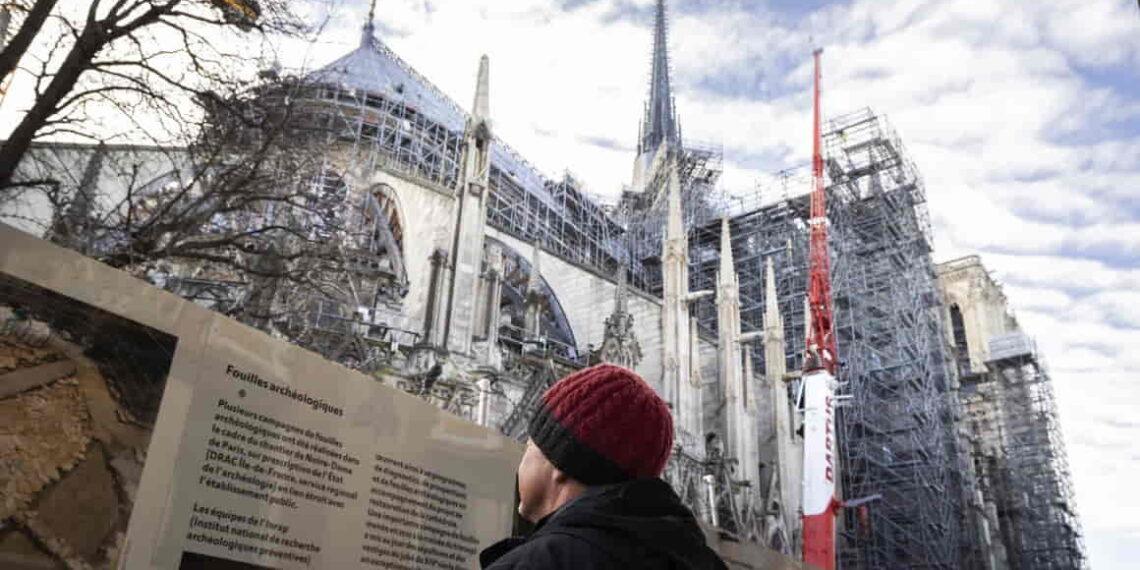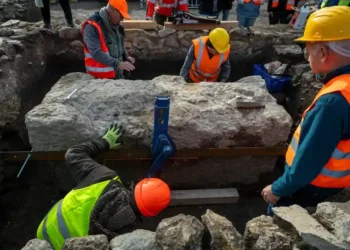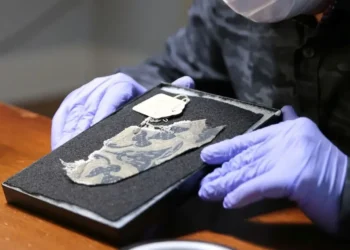A Billion Laser Points Helped Bring Notre Dame Back to Life
Five years after a devastating fire, the Notre Dame Cathedral in Paris has risen from the ashes, almost exactly as it looked when first constructed in 1163. The extraordinary reconstruction effort not only highlights the dedication of the French people but also showcases the power of advanced technology, from lasers to drones, which played a pivotal role in restoring this iconic monument.
High-Tech Reconstruction: The Key to Success
“The timeline wouldn’t have been achievable without the detailed records of what the cathedral once was,” explained Amy Bunszel, Executive Vice President at Autodesk, a 3D software company that contributed significantly to the effort. Autodesk’s digital model, based on the pre-fire structure, became a vital guide for the reconstruction team. “Imagine trying to rebuild with millions of tourist photos as references versus having one unified, perfect representation,” Bunszel added.
This modern technology was crucial to meeting President Emmanuel Macron’s ambitious five-year deadline for Notre Dame’s return. The collaborative work of several companies, using advanced scanning techniques, enabled this historic restoration to be completed on schedule.
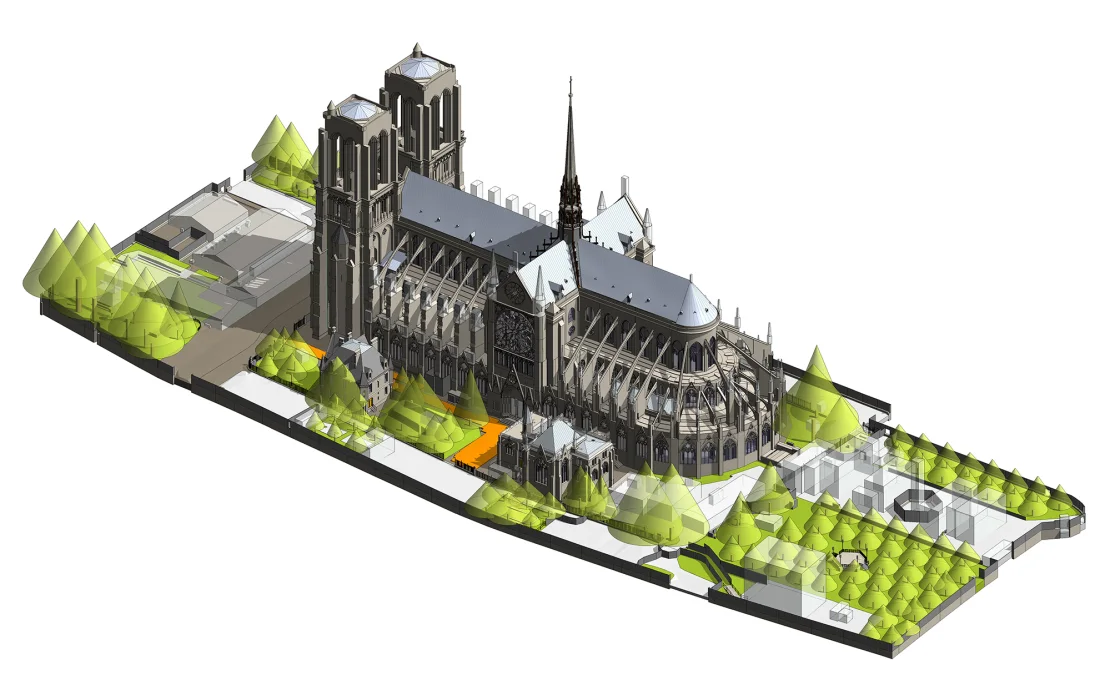
A Stroke of Luck: Scanning Before the Fire
Interestingly, the reconstruction began even before the fire. In 2015, art historian Andrew Tallon, a specialist in Gothic architecture, used lasers to scan Notre Dame. His goal was to understand the engineering marvels behind medieval cathedrals. With 12 lasers and a team of engineers, Tallon created a precise map of the cathedral with more than a billion laser-measured points. These scans revealed previously unknown details, like the misalignment of the interior columns at the western end of the cathedral.
Sadly, Tallon passed away in 2018, just months before the fire. But his scans proved invaluable when the cathedral was severely damaged in 2019. The fire destroyed much of the structure, including the iconic 315-foot spire.
From Destruction to Reconstruction: Capturing the Details
While Tallon’s scans provided a strong foundation, more work was needed to create a comprehensive digital model for the restoration. After the fire, Autodesk collaborated with French laser firm AGP to scan the cathedral and capture billions of data points, which were then used to rebuild the 3D model. The companies generously donated their services to Rebâtir Notre Dame, the public institution overseeing the restoration efforts.
The process wasn’t without challenges. The cathedral’s structure was unstable after the fire, requiring temporary supports and constant re-scanning during the rebuilding. But through the combined efforts of Autodesk, AGP, and other teams, the reconstruction took shape.
Recreating History with Cutting-Edge Technology
The final 3D model of Notre Dame was built by layering Tallon’s original scans with new laser data and drone footage. The project took over a year to complete, dramatically speeding up what would have been a lengthy, traditional documentation process. The ongoing scanning allowed workers to address every detail and ensure the accuracy of the restoration.
While the reconstructed cathedral looks almost identical to its original form, there are some modern upgrades. These include fire suppression systems, improved lighting, and a cleaner appearance due to less soot from candles and the building’s day-to-day use. Additionally, Autodesk helped redesign the plaza outside the cathedral, creating 3D visualizations of proposals that were then shared with the public for feedback.
A Legacy of Preservation and Disaster Recovery
Autodesk’s history with 3D modeling extends beyond Notre Dame. The company’s technology has been crucial in disaster recovery and historic preservation worldwide. After the 2011 earthquake in Christchurch, New Zealand, Autodesk’s tools were used to help rebuild the city’s cathedral, with drones and robotic devices equipped with lasers scanning unsafe areas. In the U.S., the same technology was used to digitally preserve the Michigan State Capitol and historic sites in Brownsville, Pennsylvania.
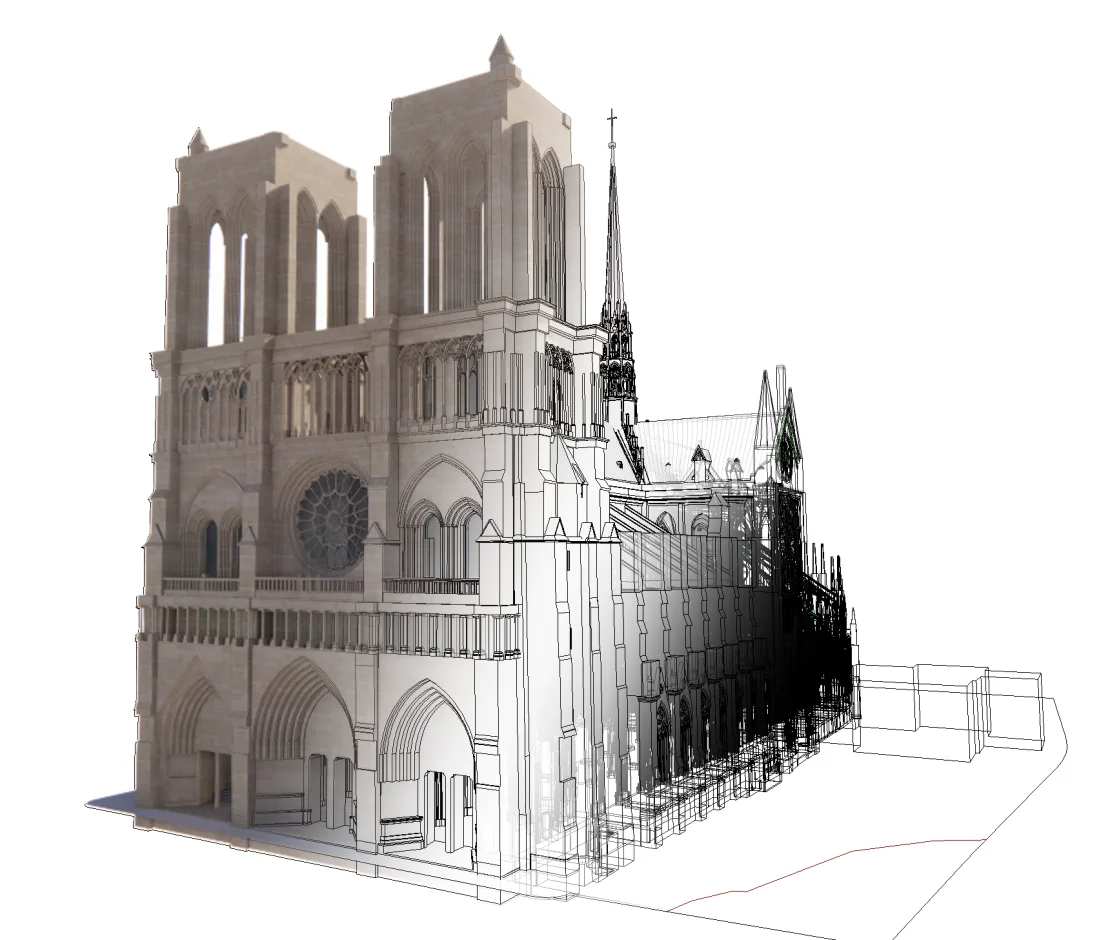
Wladek Fuchs, a professor of architecture at the University of Detroit Mercy, advocates for more widespread use of 3D modeling to preserve cultural heritage. “Disasters strike unexpectedly, but if key structures are documented with this technology, the damage can be less severe,” he said. Fuchs is involved in the restoration of Volterra, Italy, through a partnership with the Digital Preservation Workshop of the Volterra-Detroit Foundation.
Investing in the Future
For Notre Dame, the 3D model is more than a tribute to the past—it is an investment in the future. “Going forward, they will have a 3D representation of the building for ongoing maintenance and planning,” Bunszel explained. The technology not only helps preserve the monument but ensures it will continue to stand for generations to come.
Through lasers, drones, and cutting-edge technology, the restoration of Notre Dame Cathedral is a testament to human ingenuity and a commitment to preserving cultural heritage for future generations.
This article was rewritten by JournosNews.com based on verified reporting from trusted sources. The content has been independently reviewed, fact-checked, and edited for accuracy, neutrality, tone, and global readability in accordance with Google News and AdSense standards.
All opinions, quotes, or statements from contributors, experts, or sourced organizations do not necessarily reflect the views of JournosNews.com. JournosNews.com maintains full editorial independence from any external funders, sponsors, or organizations.
Stay informed with JournosNews.com — your trusted source for verified global reporting and in-depth analysis. Follow us on Google News, BlueSky, and X for real-time updates.
